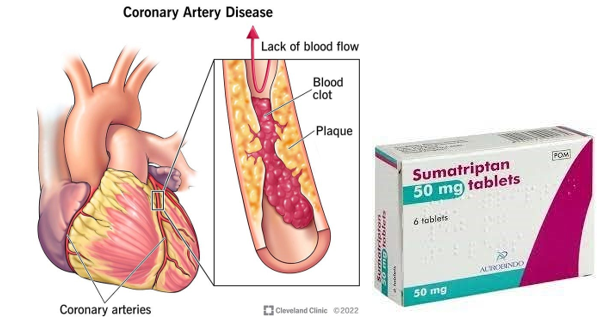A female client starts a new prescription, oxybutynin, for symptoms of an overactive bladder. The client tells the nurse that she is training to run in a marathon. Which instruction should the nurse emphasize?
Avoid crowds to help prevent acquiring infections.
Wear protective padding to protect from bruising if a fall occurs.
Take measures to avoid dehydration and over-heating.
Keep skin and eyes covered to protect from sun injury.
The Correct Answer is C
Oxybutynin is a medicine used to treat symptoms of an overactive bladder. One of the side effects of oxybutynin is that it can cause dry mouth, constipation, and dry skin21. These side effects can increase the risk of dehydration. Additionally, oxybutynin can cause flushing and heat stroke. Therefore, it is important for the client to take measures to avoid dehydration and over-heating while training for a marathon.

Nursing Test Bank
Naxlex Comprehensive Predictor Exams
Related Questions
Correct Answer is A
Explanation
Lithium carbonate is a mood stabilizer commonly used to treat bipolar disorder. However, it has a narrow therapeutic index and requires careful monitoring of serum levels to avoid toxicity. One of the major concerns with lithium therapy is the potential for drug interactions and toxicity. NSAIDs such as ibuprofen and naproxen can increase lithium levels by reducing its excretion and can lead to lithium toxicity. Therefore, it is essential to instruct the client to eliminate the use of NSAIDs while taking lithium.
Option b) Avoid consuming all foods that contain iodine is incorrect because iodine is not contraindicated with lithium. However, excessive iodine intake can interfere with thyroid function, which can exacerbate mood instability.
Option c) Notify healthcare provider prior to dental procedures is not specific to lithium therapy and is a general precaution that patients with bipolar disorder should follow before any medical or dental procedures.
Option d) Monitor blood glucose levels daily is also not directly related to lithium therapy. While lithium can cause diabetes insipidus, which can lead to excessive thirst and urination, it does not typically affect blood glucose levels.
Correct Answer is B
Explanation
Sumatriptan succinate is a medication used to treat migraine headaches by narrowing blood vessels in the brain. It is important to determine if the client has a history of coronary artery disease before administering the initial dose because the medication can also cause narrowing of the coronary arteries and potentially lead to a heart attack or other cardiac events.
Type 2 diabetes mellitus (a), seasonal allergic rhinitis (c), and irritable bowel syndrome (d) are not directly related to the use of sumatriptan succinate. However, it is still important to consider the client's medical history and overall health status when prescribing or administering any medication.

Whether you are a student looking to ace your exams or a practicing nurse seeking to enhance your expertise , our nursing education contents will empower you with the confidence and competence to make a difference in the lives of patients and become a respected leader in the healthcare field.
Visit Naxlex, invest in your future and unlock endless possibilities with our unparalleled nursing education contents today
Report Wrong Answer on the Current Question
Do you disagree with the answer? If yes, what is your expected answer? Explain.
Kindly be descriptive with the issue you are facing.
